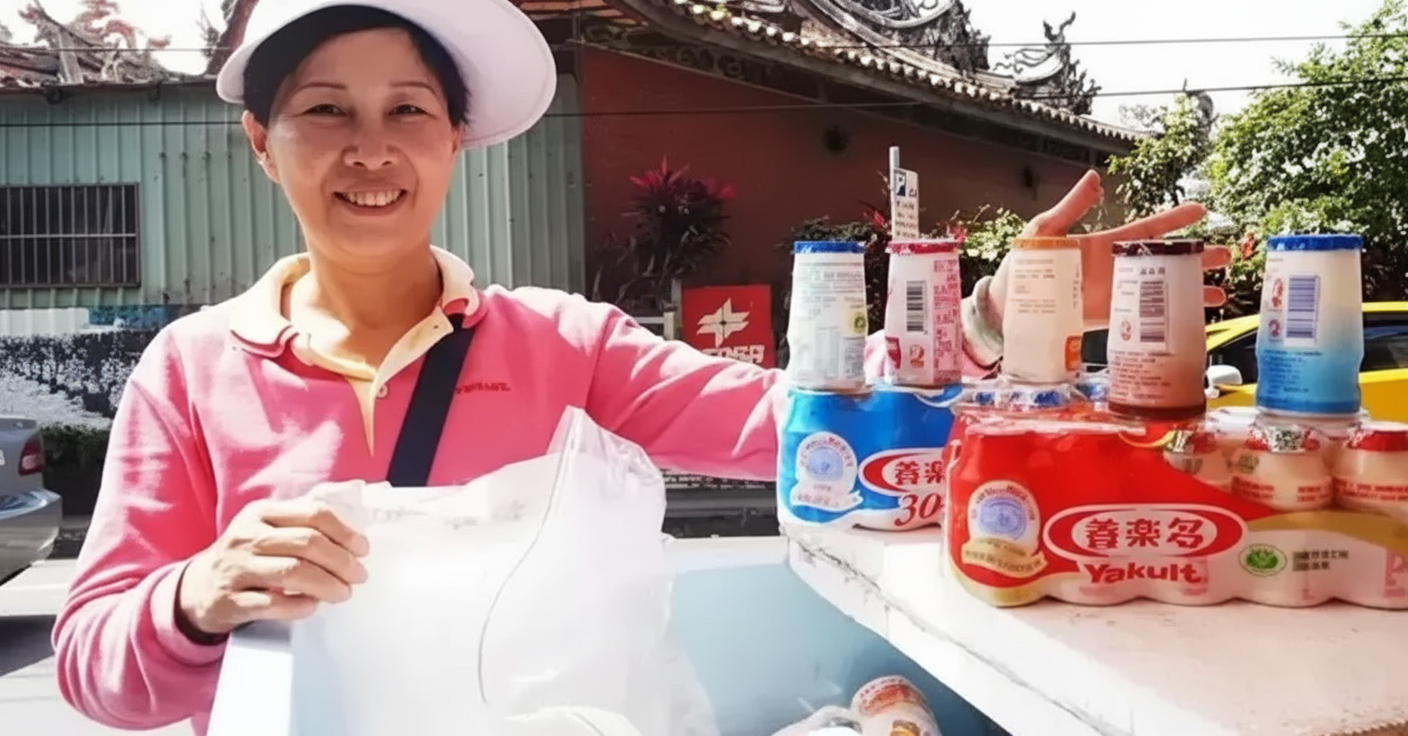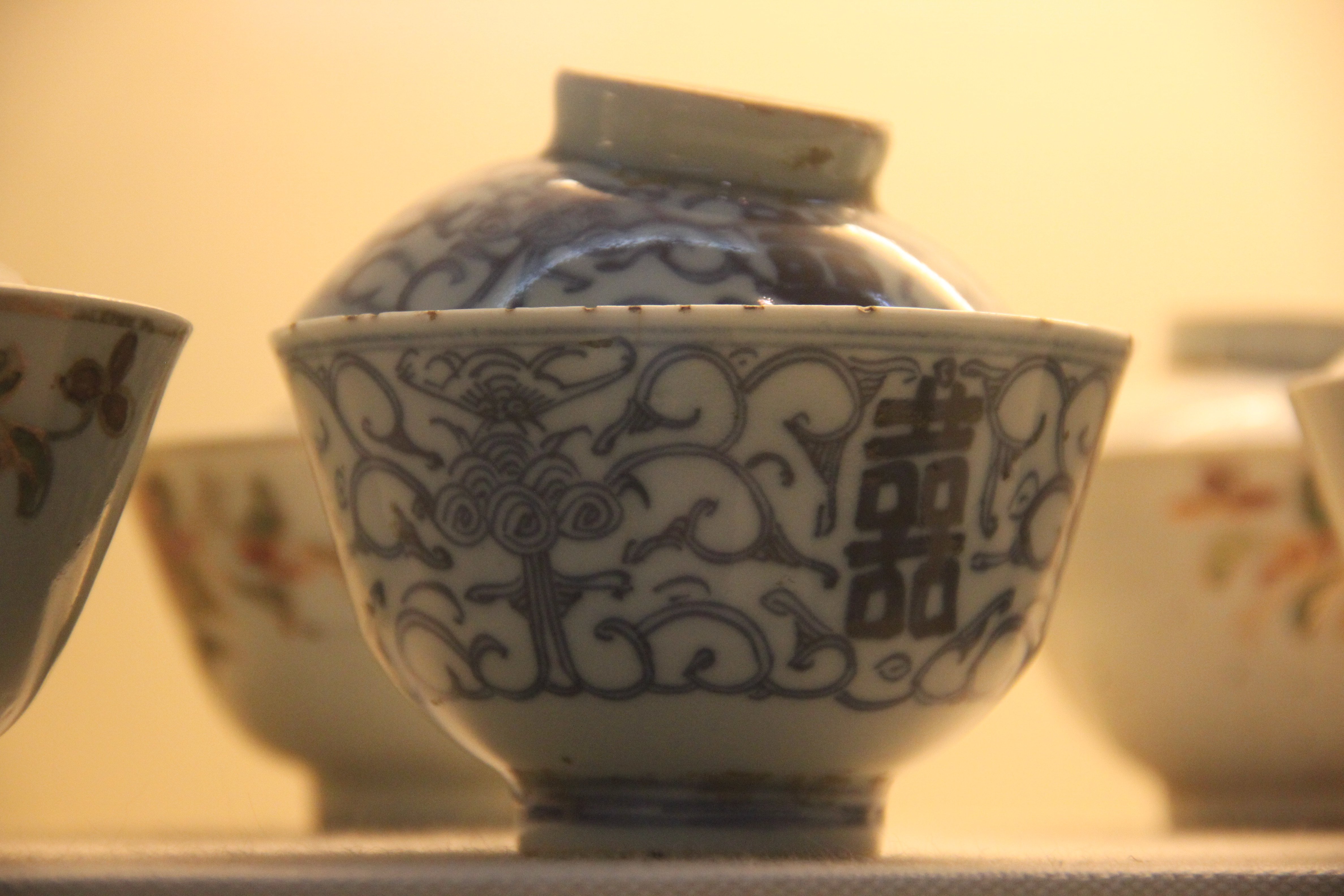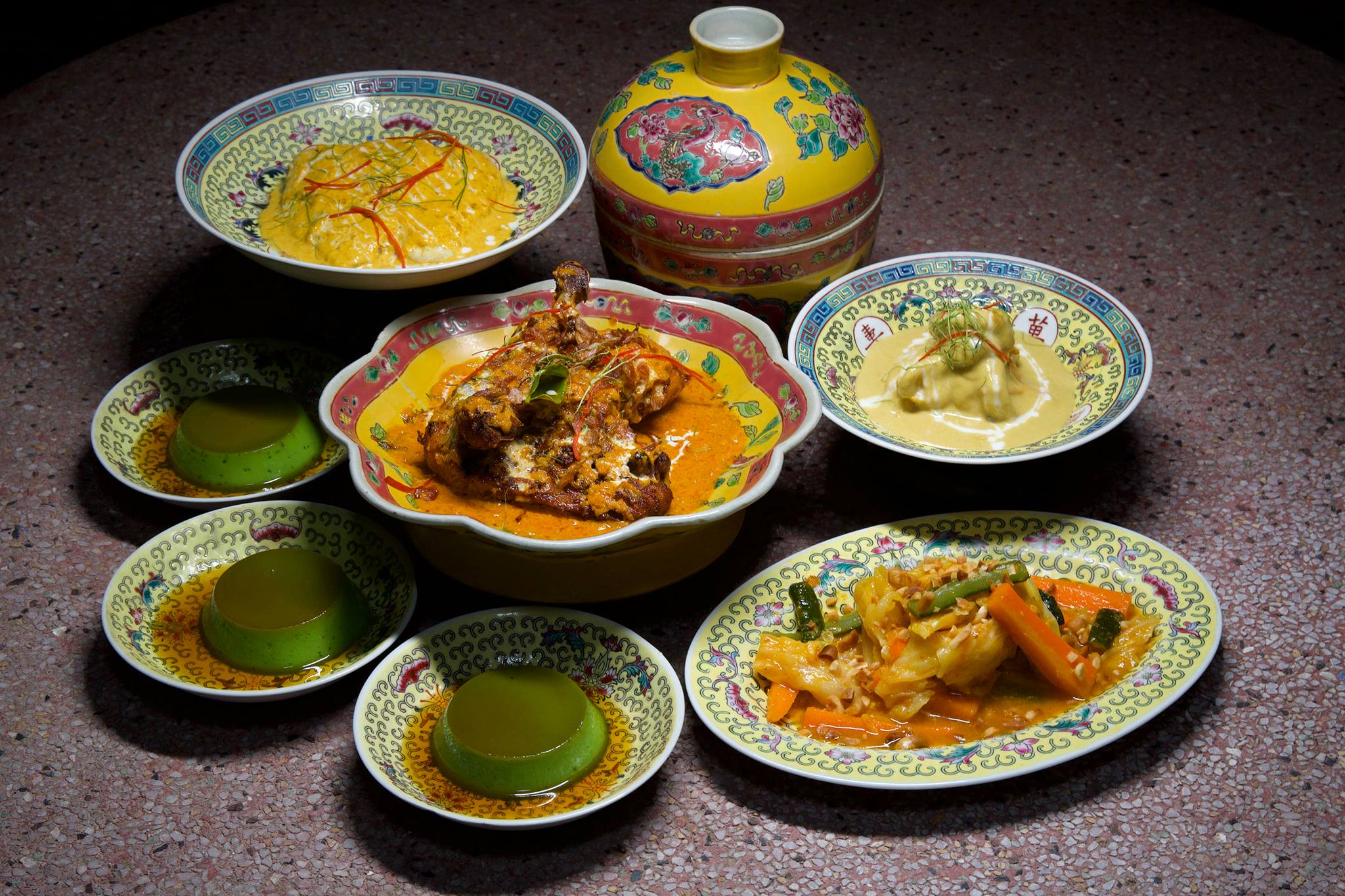China’s dynamic culinary landscape is no stranger to viral food trends, but none have captured the nation’s current imagination quite like milk skin tanghulu. Far more than just another sweet treat, this sensation is a brilliant fusion of ancient Inner Mongolian tradition and contemporary snack innovation, making waves from bustling urban centers to the deepest corners of the internet.
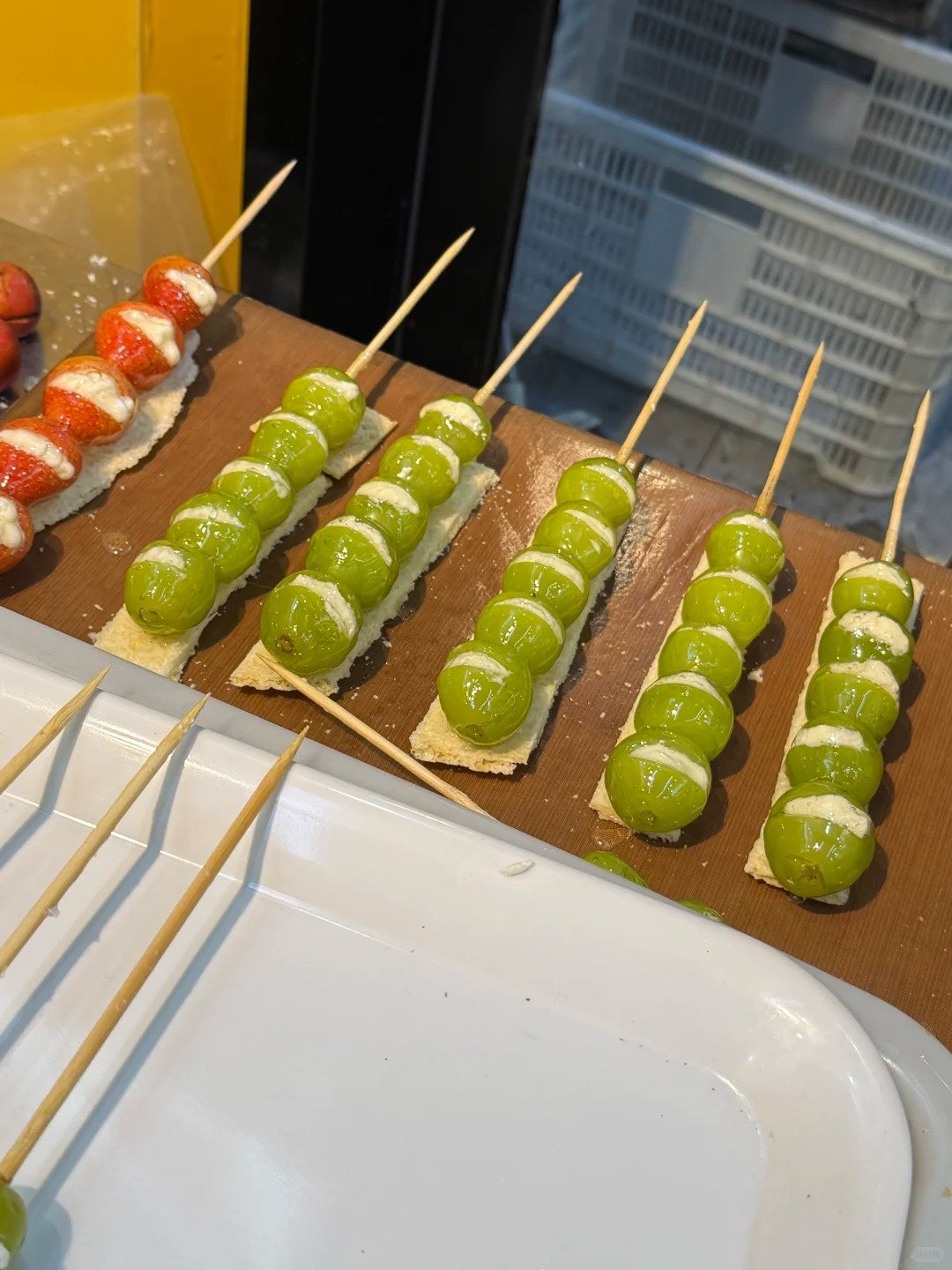
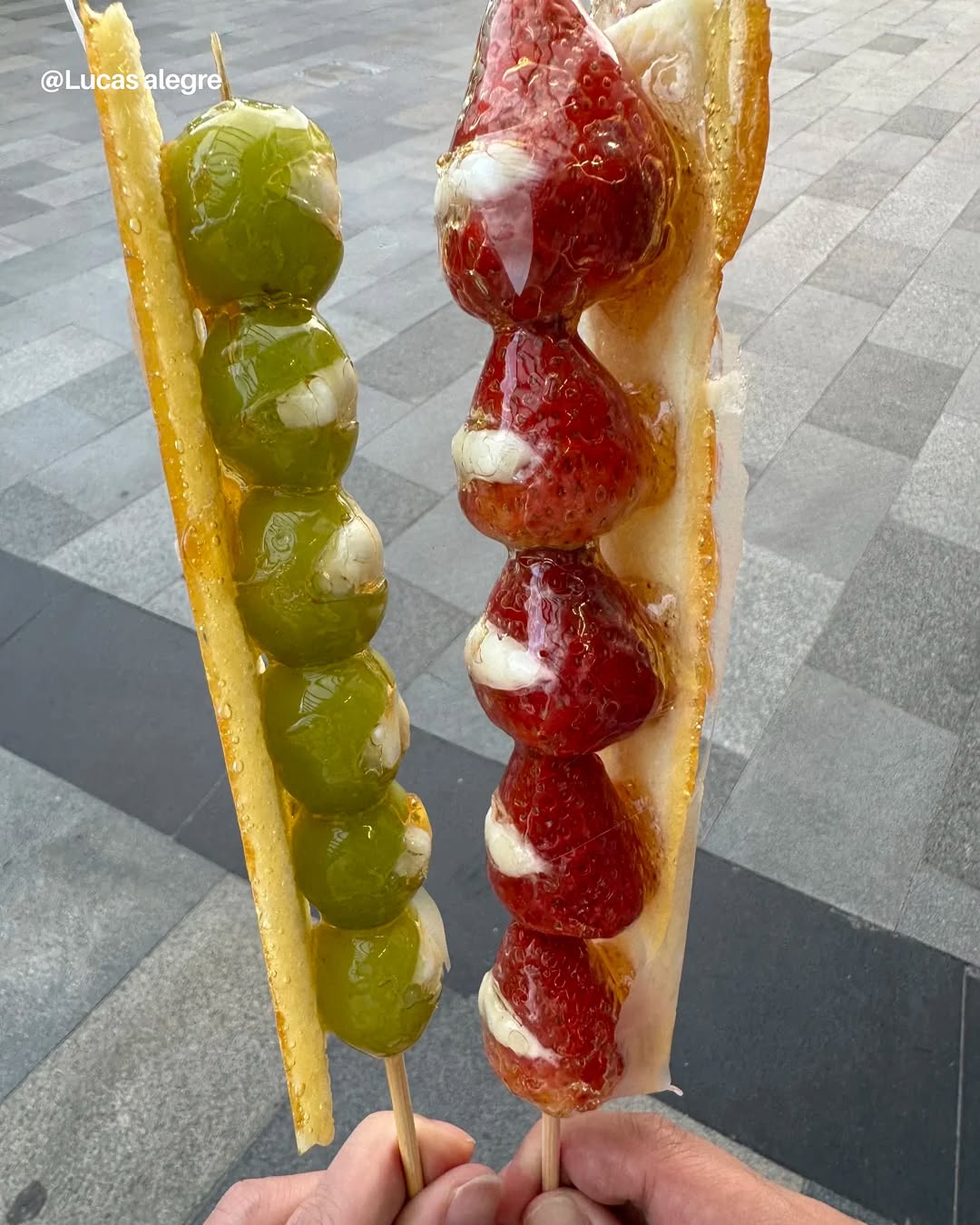

At its core lies 奶皮子 (naipizi), a delicacy steeped in history. This rich, creamy “milk skin” is painstakingly crafted by slowly simmering fresh milk until a distinct golden layer forms on the surface. Historically, naipizi embodies the pastoral heritage of Inner Mongolia, a symbol of the region’s abundant dairy culture and nomadic lifestyle. For generations, it has been a comforting staple, representing the heart of grassland life.
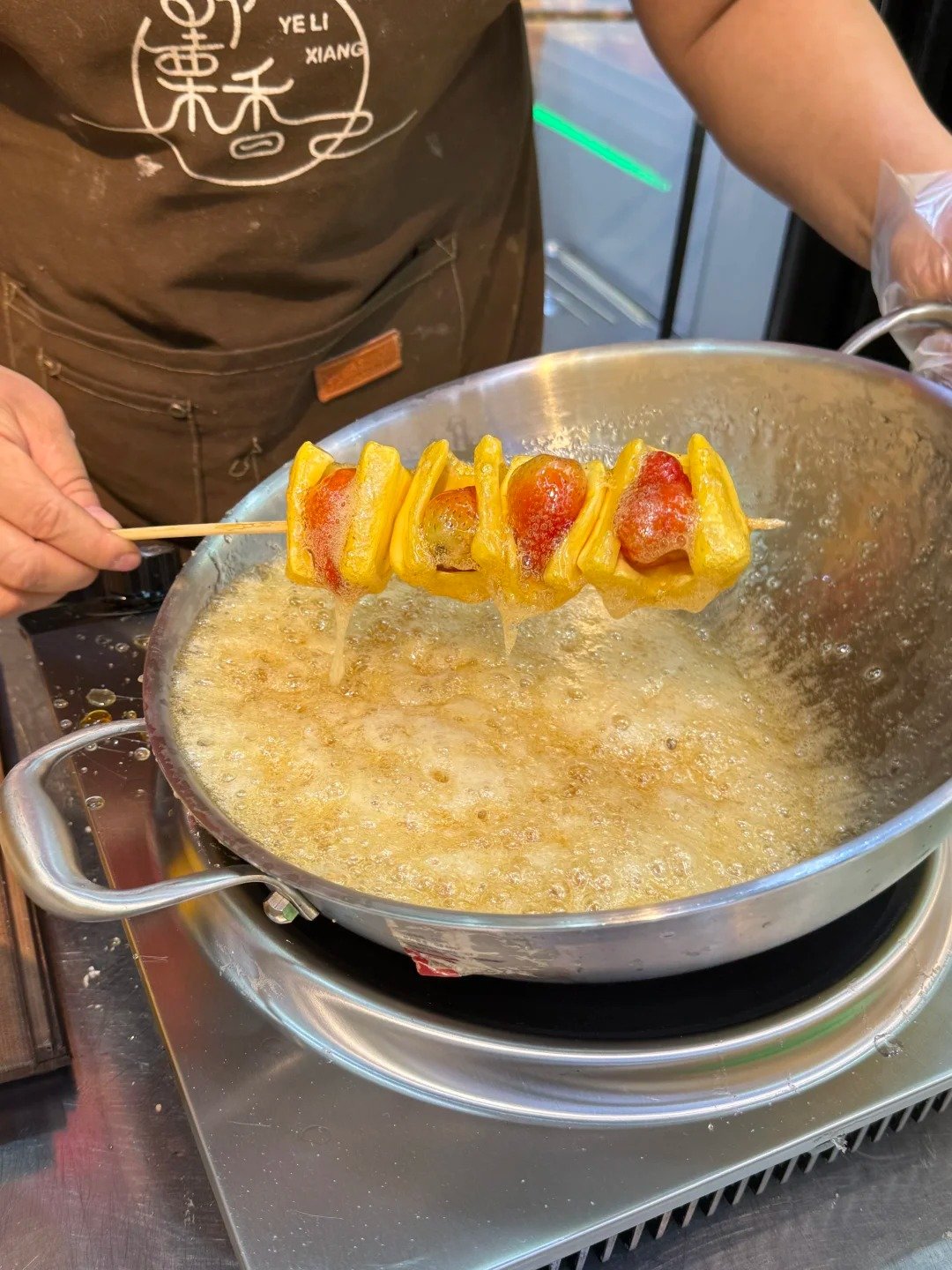
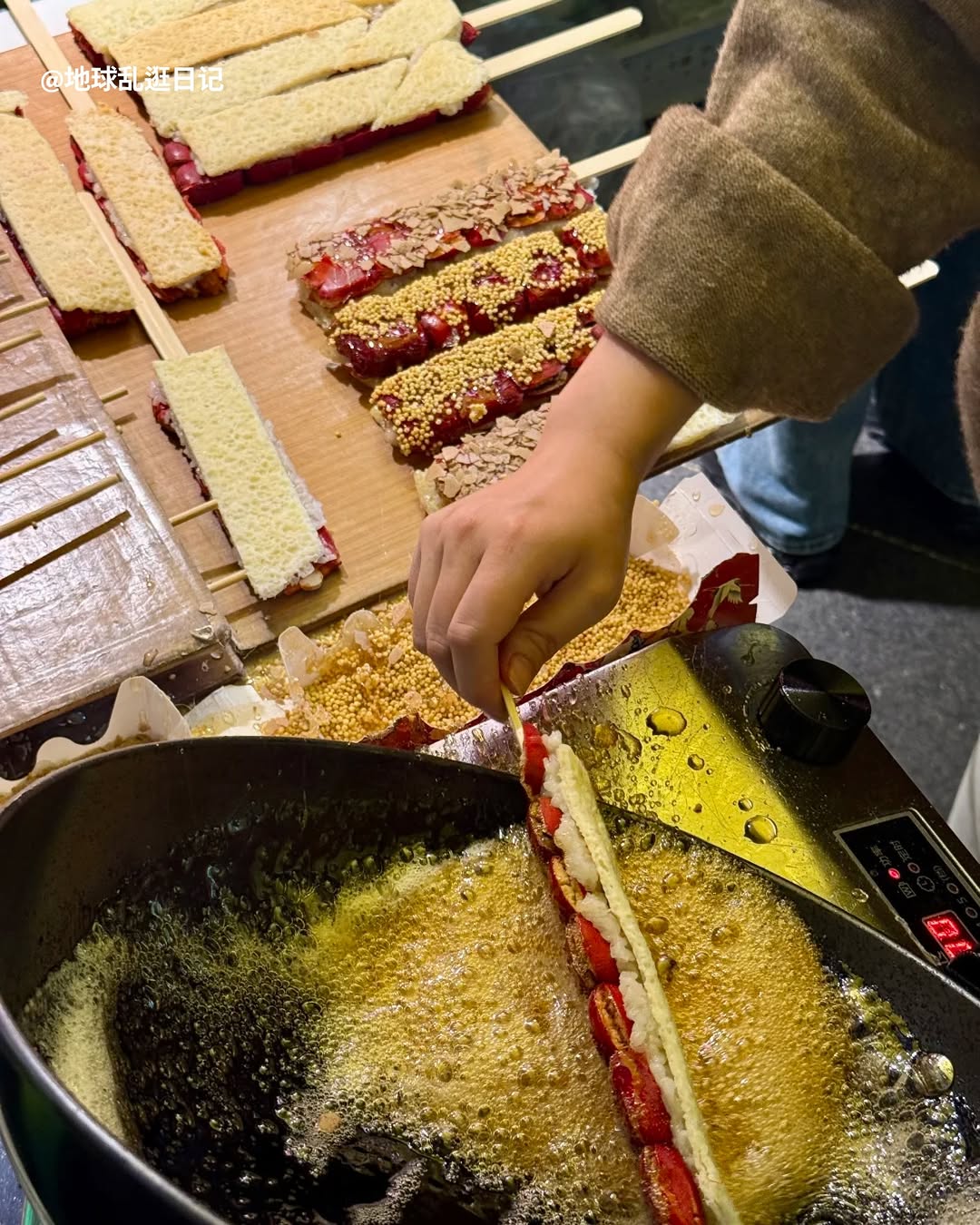
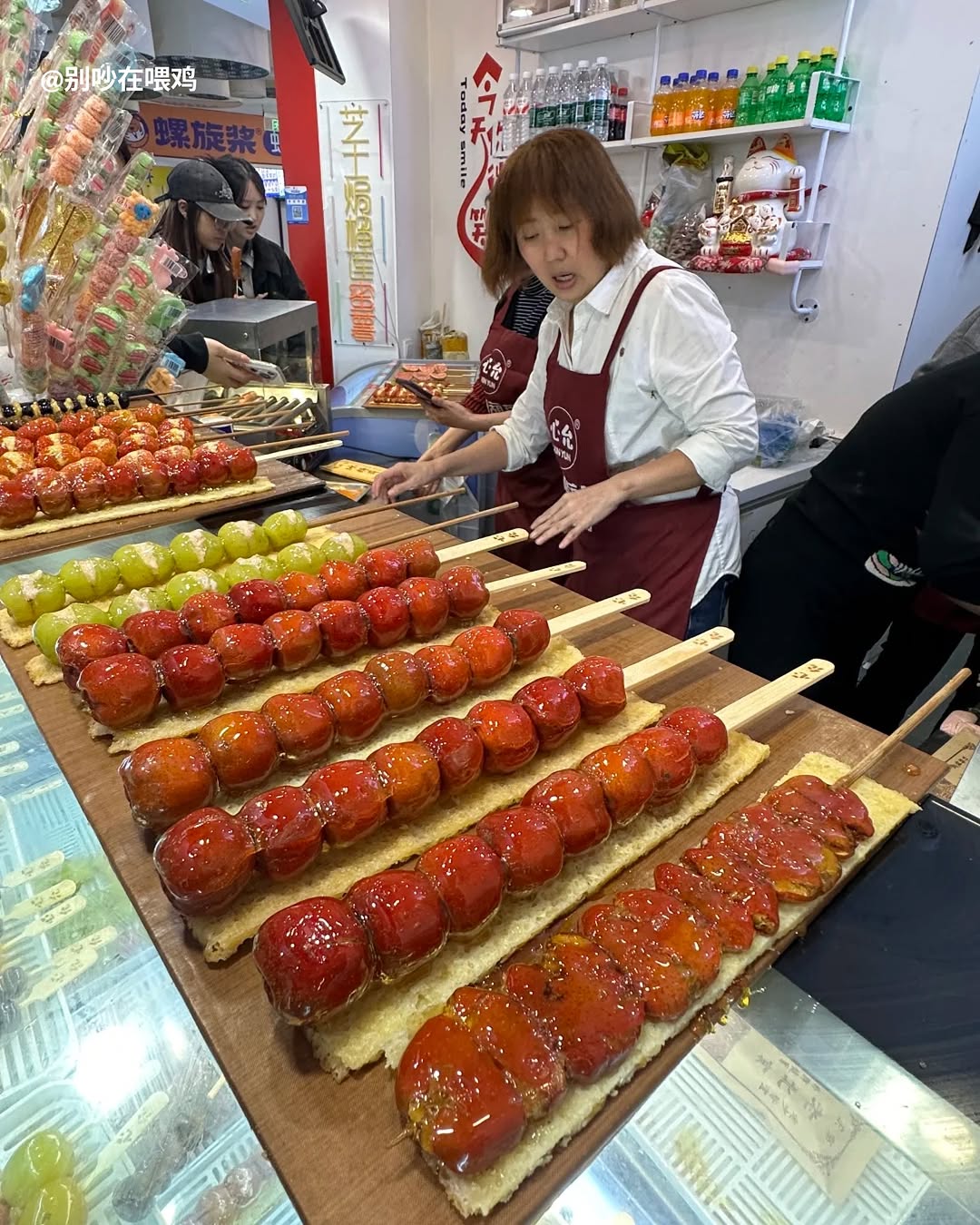
Today, naipizi is shedding its traditional skin—literally—to embrace a new, utterly unexpected form. Wrapped around vibrant, glossy candied fruits, the combination redefines textural and flavor profiles. Imagine the delightful chewiness of milk skin and its subtle creamy undertones enveloping the satisfying crunch and intense sweetness of tanghulu. This complex symphony of textures and tastes is precisely what has propelled it into stratospheric popularity.
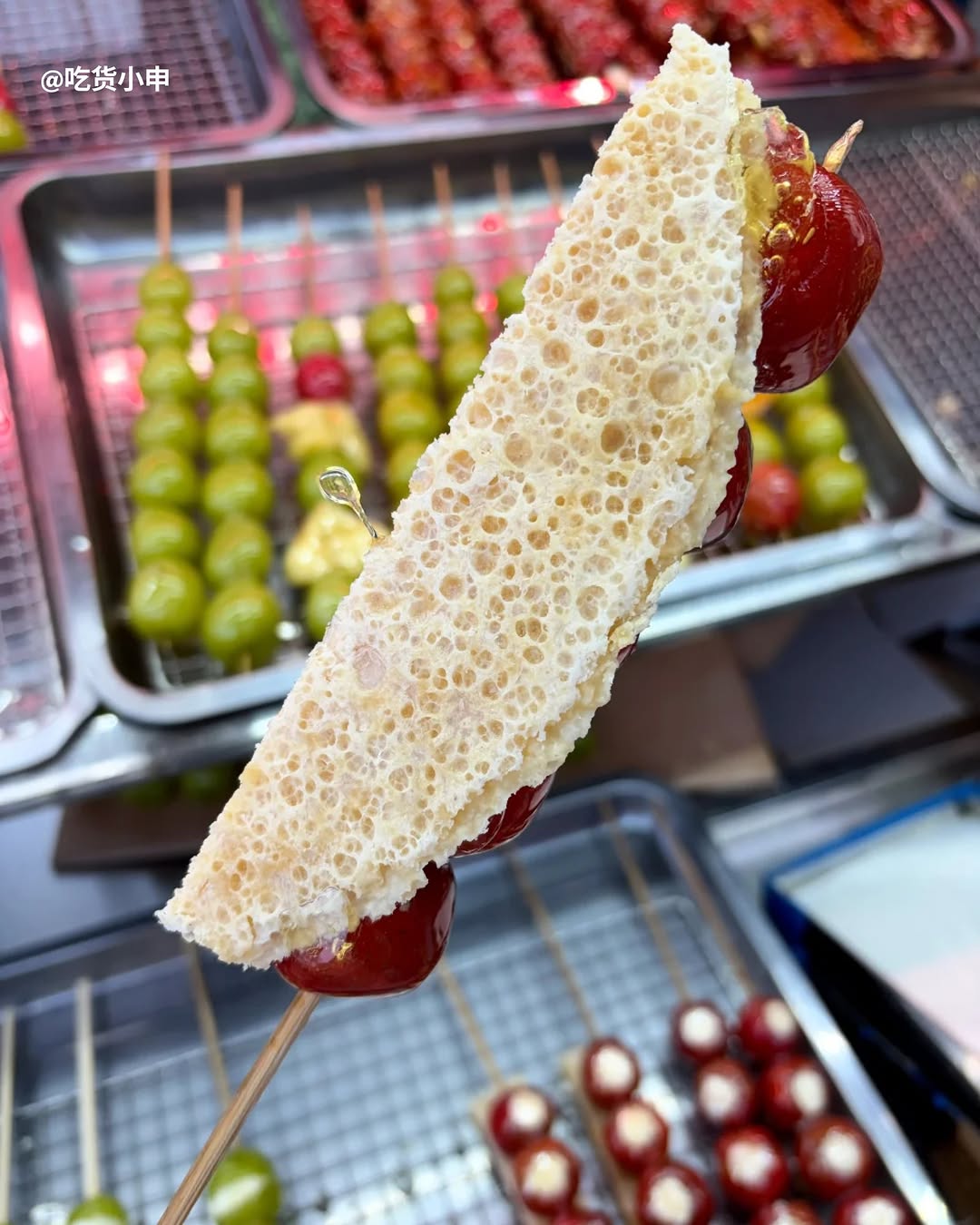

The craze is undeniable. Reports of five-hour queues are commonplace as enthusiasts clamor for a taste. Major players like LELECHA have already integrated the trend, offering naipizi-inspired beverages, while specialty shops in Shanghai are commanding prices as high as ¥98 for a single stick—a testament to its desirability. The internet, of course, is ablaze with content, from unboxing videos to recipe attempts, solidifying milk skin tanghulu’s status as a digital darling.
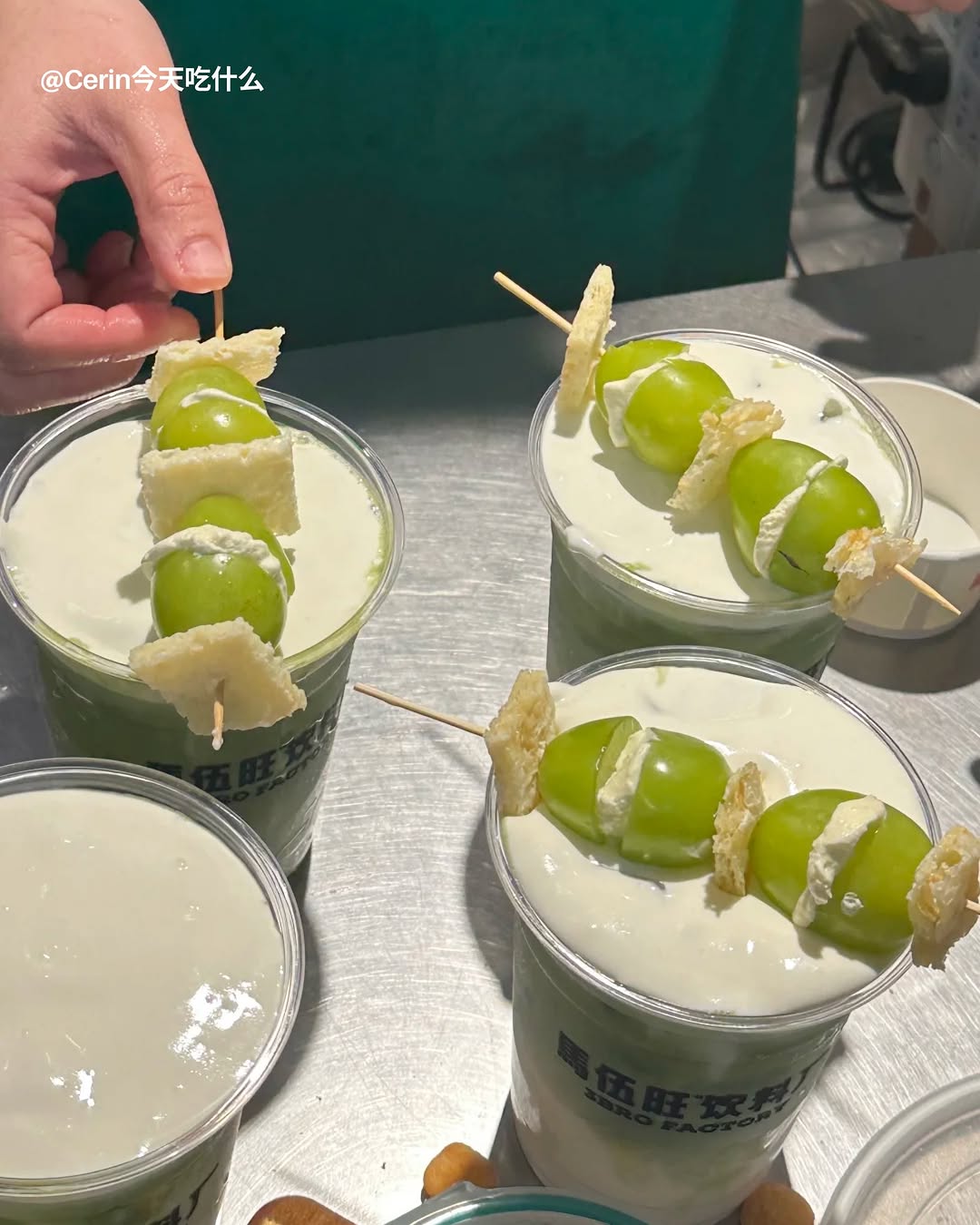

This isn’t merely a fleeting food fad; it’s a powerful narrative about tradition reimagined, proving that even the most time-honored delicacies can find a fresh, exhilarating appeal with a global youth audience. Although just a snack, Milk skin tanghulu can also be seen as a cultural bridge, deliciously connecting heritage with modern-day cravings.
All images via Xiaohongshu.




